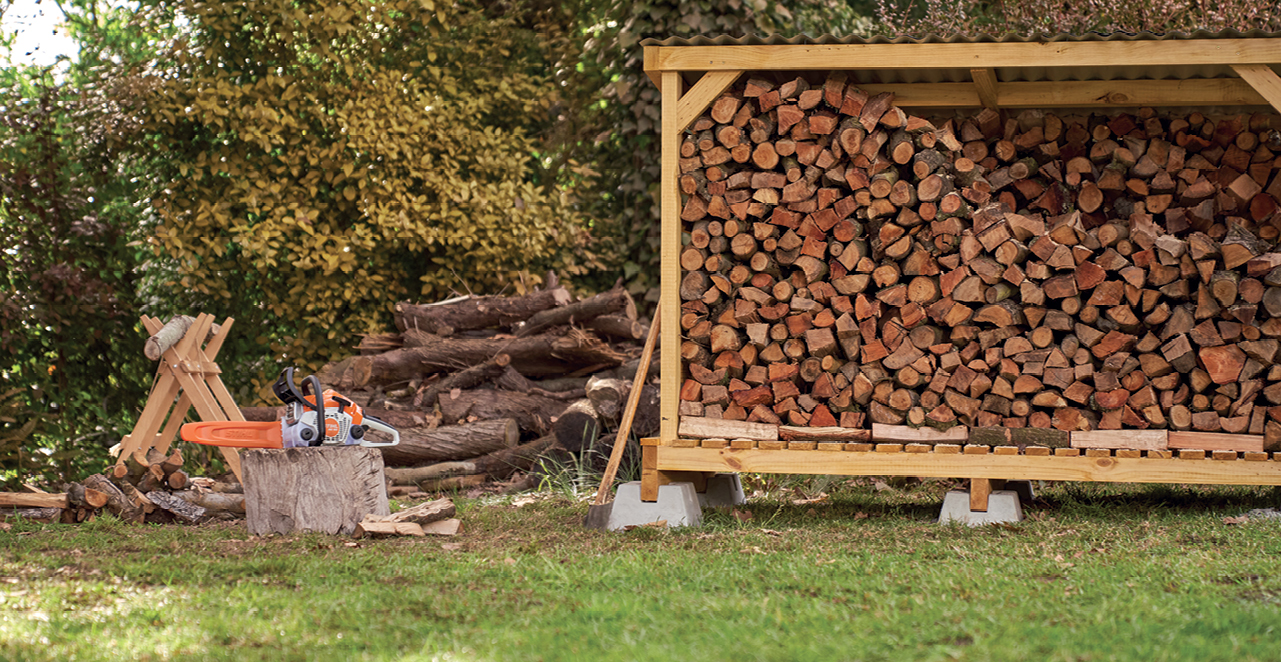
Introduction:
Effective maintenance and storage of firewood are crucial for ensuring a steady and efficient supply of fuel for your fireplace or wood-burning stove. This guide explores essential tips on how to maintain and store firewood properly to keep your home warm and cozy during the colder months.
Choosing the Right Firewood:
The first step in effective firewood management is selecting the right type of wood. Hardwoods like oak, maple, and birch are excellent choices as they burn longer and produce more heat. Avoid softwoods like pine if possible, as they burn quickly and create more creosote buildup in your chimney.
Proper Drying and Seasoning:
To maximize the efficiency of your firewood, it’s crucial to ensure that it is properly dried and seasoned. Seasoned wood has a lower moisture content, making it easier to ignite and producing less smoke. Allow freshly cut wood to dry for at least six months before using it for heating.
Stacking for Air Circulation:
When stacking firewood, create a raised platform to allow for air circulation underneath. This helps in the drying process by preventing the wood from sitting in moisture. Place the logs with the bark facing up to shield the wood from rain, and ensure the stack is stable to prevent collapses.
Protecting from the Elements:
Covering your firewood stack is essential to protect it from the elements. Use a waterproof cover or tarp to shield the wood from rain and snow. However, leave the sides open to encourage airflow and prevent the accumulation of moisture. Proper covering ensures your firewood remains dry and ready for use.
Elevating the Woodpile:
Elevating your firewood off the ground is another effective strategy for preventing moisture absorption. Use pallets or other sturdy materials to lift the woodpile. This simple step helps to reduce the risk of rot and ensures that the bottom layer of your firewood remains in good condition.
Regular Inspections for Pests:
Regularly inspect your firewood for signs of pests, such as termites or ants. Stacking wood away from your home can help minimize the risk of pests finding their way inside. If you notice any infestation, address it promptly to prevent the pests from spreading to other areas.
Maintaining a Safe Distance:
When storing firewood, maintain a safe distance from your home or any other structures. This precaution is essential to reduce the risk of fire spreading to your property in case of accidental ignition. Store firewood in a dedicated shed or a designated outdoor area.
Rotating Stock for Freshness:
To ensure you always have well-seasoned firewood, practice stock rotation. Use older wood first and replenish your supply with freshly seasoned logs. This approach not only guarantees a steady and reliable heat source but also prevents the wood from becoming overly seasoned and brittle.
Using a Firewood Rack:
Investing in a firewood rack is a practical solution for organized storage. Racks keep the wood elevated, provide better air circulation, and make it easy to access the desired quantity of firewood. Choose a rack that suits your storage needs and the amount of space available.
Conclusion – Mastering Firewood Maintenance:
By following these tips for maintaining and storing firewood, you’ll ensure a reliable and efficient heat source for your home. From choosing the right wood to proper stacking and protection from the elements, these practices contribute to a warm and cozy living space during the colder seasons.
For a comprehensive guide on firewood care and other home-related tips, visit Maintain and Store Firewood Yourself.










